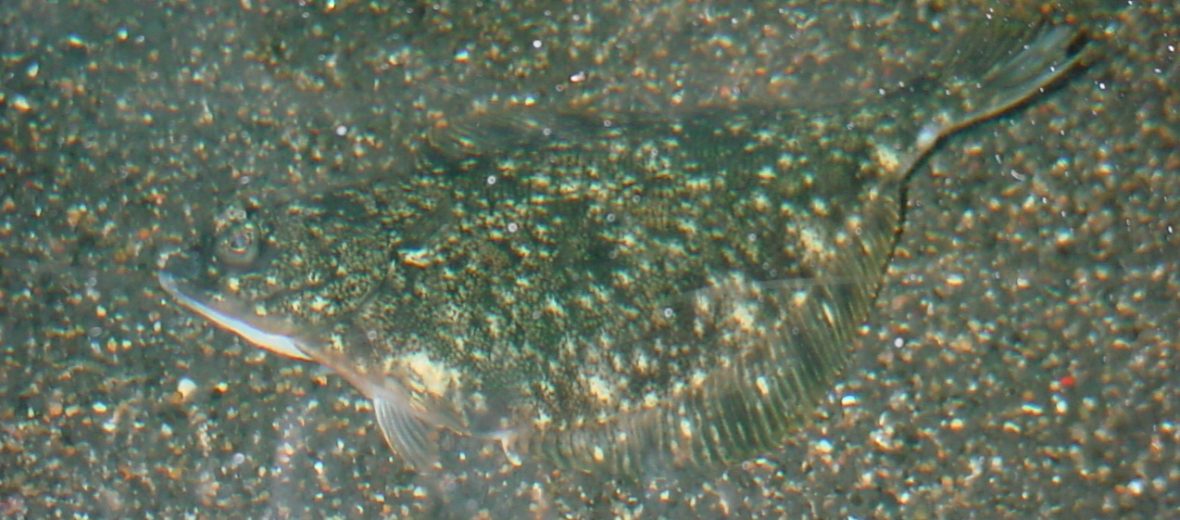
The starry flounder, aka emery wheel, flatfish, grindstone, and long-nosed flounder, can be found along the coastlines of the North Pacific Ocean. These inshore fish can tolerate salt, brackish, and freshwater environments. Even though they face the threats of overfishing and pollution, these bony fish are still listed as Least Concern by the IUCN. Their numbers are stable.
First the Stats…
Scientific name: Platichthys stellatus
Weight: Up to 19.84 lbs.
Length: Up to 35.83 inches
Lifespan: Up to 24 years
Now on to the Facts!
1.) These flounders can dwell as deep as 1,230 feet.
2.) Their diet consists of a plethora of benthic invertebrates, like zooplankton, clams, smaller fish, worms, and shellfish.
3.) Starry flounders are an important food and game fish throughout their range.
4.) Like all flounders, when they are young, they look like normal fish. But as they age, their 1 eye relocates to the other side of their head and they start swimming on their side.
5.) In order to propel themselves through the water as adults they will utilize an up and down motion with their tail.
But wait, there’s more on the starry flounder!
6.) By changing pigment granule concentration in their chromatophores (color changing cells), these fish can change not only their coloration but their patterning.
7.) If a clam is too large to eat, the flounder will just bite off their siphon.
Did you know…?
Some starry flounders have been documented as far inland as 74.56 miles!
8.) These fish are commercially caught and filleted. They are often sold under the name of “sole.”
9.) They are not considered an overly flavorful fish.
10.) Typically it is the young flounders that are sought after by fisheries.
Now a Short Starry Flounder Video!
This video talks about flounders in general.
Be sure to share & comment below! Also, check out the Critter Science YouTube channel. Videos added regularly!
Want to suggest a critter for me to write about? Let me know here.
Some source material acquired from: Wikipedia & IUCN



